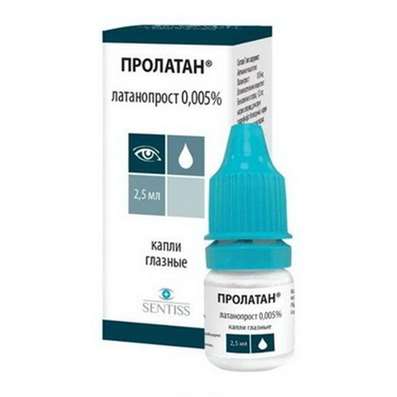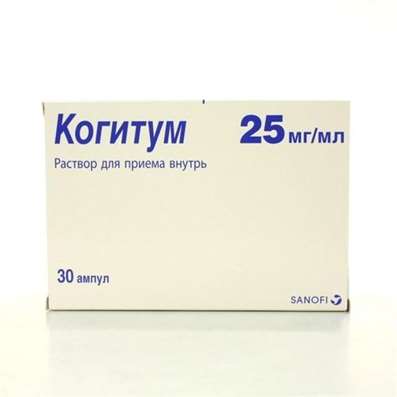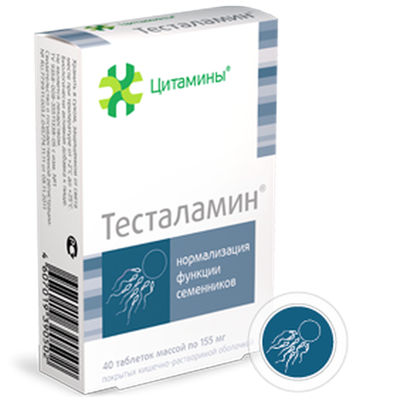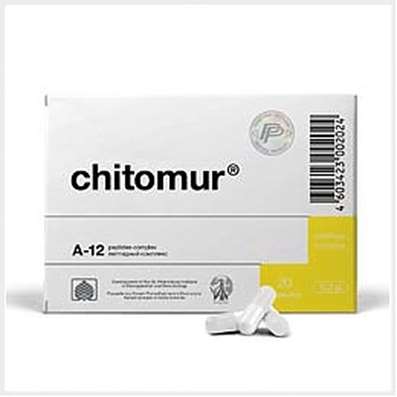Semax: action at vertebrobasilar ischemic stroke
22 Dec 2016
Pathogenic and clinical features of vertebrobasilar stroke caused interest in the study of the effect of Semax with acute focal ischemia stem-cerebellar brain structures. Therefore Semax along with Glycine was included in a randomized, placebo-controlled study of patients with acute vertebralno- basilar ischemic stroke.
Semax intranasally administered in a daily dose of 12 mg irrespective of disease severity. The study protocol, methods and integrated clinical neurophysiological monitoring the operation semax, glycine and placebo were identical. The first introduction of Semax not make significant effect on the general condition of patients, but by the end of treatment (on day 6) in all the examined set a significant regression of brain and focal neurological symptoms was significantly higher on the severity indices in groups of patients who received placebo and glycine.
The positive effect of Semax appears equally at different variants of stroke flow. The results of evaluation of the dynamics of individual focal manifestations show an advantageous effect of the drug on the severity of violations coordinations. Like glycine, Semax most effective for early, within the first 6 hours appointment.
Neurophysiological study found that Semaks has a strong positive effect on the functional state of the segmental structure and sensory systems in the brain compared with glycine. The study of short-stem evoked potentials (ABR) to acoustic stimulation shows that Semax much faster normalizes host the auditory system than glycine and placebo. By the 6 th day of stroke in all patients treated with Semax, showed normalization mid-peak slots N1-N5 and N3-N5 ABR on the side of the ischemic lesion, reflecting the improvement in the functional state of the oral parts of the brain stem. In the group of patients treated with glycine and placebo, a similar positive trend was observed only in the 49 and 23%, respectively.
A more pronounced effect compared with glycine semax provides the parameters of the early component blink reflex, especially in patients with the most rude segmental lesions systems V and VII cranial nerves. By the 6 th day of the disease have been observed almost complete normalization of the latent period of the early component - up (11.7 plus or minus 0.2) ms (at a rate of 10.5-11.5 ms), whereas in patients treated with glycine and placebo, the latent period was (12.35 plus or minus 0.2) and (12.85 plus or minus 0.3) ms, respectively, for the comparability of its values.
At the same time the effect of Semax on the functional state of nonspecific brain structures responsible for the regulation of muscle tone and trophism, is less pronounced than the effect of glycine, which is confirmed by the results of the research center of efferent for polysynaptic spinal pathways and electroneuromyography. Dynamics of time the central efferent and amplitudes of the main muscle building in the paretic limbs in tempo and intensity comparable with the dynamics in the group receiving placebo.
Thus, in the acute period of stroke vertebrobasilar Semax positive effect as glycine, is somewhat less pronounced than with hemispheric ischemia localization (internal carotid artery lesions). However Semax significantly improves reducing the dynamics of brain and accelerates the regression of focal neurological disorders in patients with a stroke of varying severity, especially when it is applied early, and has a normalizing effect on the functional state of the segmental conductor structures and sensory systems of the brain stem. All this shows the feasibility of using Semax in the treatment of vertebrobasilar stroke, including for the purpose of creating a favorable background for reperfusion therapy.

 Cart
Cart





